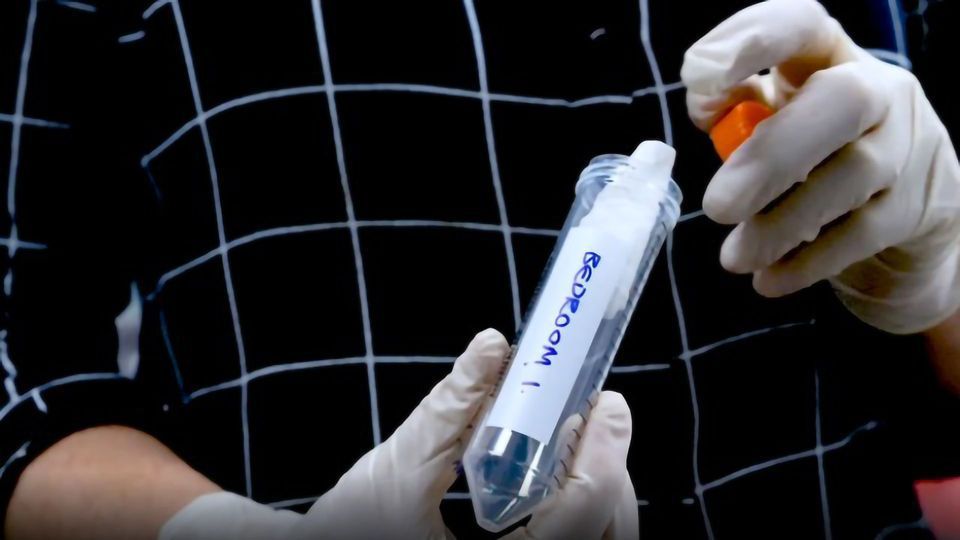Would You Know if Crystal Meth Had Been Cooked in Your House?

Complete the form below to unlock access to ALL audio articles.
The Breaking Bad movie El Camino storyline focusing on drug production is more relevant than ever- with a new study revealing methamphetamine contamination in houses is a public health problem around the world.
Researchers analyzed the contamination levels in everyday household items from a home suspected to have previously been used for cooking methamphetamine, to determine whether surface wipe samples can adequately establish contamination levels and define health risks.
Published in the International Journal of Environmental Research and Public Health, the Environmental Health experts explain while sampling commonly focuses on the collection of surface wipes, it’s difficult to understand the risk to inhabitants because those samples don’t indicate contamination levels inside objects.
“Our results demonstrate that methamphetamine has continued to mobilize after manufacture when the property was under new ownership for a period exceeding five years. This suggests that the methamphetamine is not breaking down or being removed and is constantly transferred from contaminated to non-contaminated objects,” says Dr Ross.
“The house was suspected to be a premises used to cook methamphetamine, it was then sold, lived in for several years by the new owners and then left unattended.”
“Although the time since the cooking had taken place was significant, the levels of contamination were extremely high in both household items that were part of the house when cooking was taking place (blinds, carpets, walls, etc.) and also in articles brought to the house post-cooking (rugs, toys, beds, etc.).”
"The results raise questions about whether current surface detection methods allow people living inside a former meth house to understand the extent of contamination, not only on surfaces but also within building materials and items they’re exposed to on a daily basis."
“The most significant mass of methamphetamine was reported to be within the blinds. These are plastic blinds that were present when manufacture was suspected to have been undertaken. This is consistent with observations from other properties where higher levels of methamphetamine are present in materials such as PVC, polyurethane and stained and varnished timbers.”
“Without fully understanding the extent of contamination it’s difficult to ensure the correct and most effective remedial approaches are taken so occupants can safely live inside a property which was previously used to produce methamphetamine.”
Reference
Wright, J. et al. (2019). Contamination of Homes with Methamphetamine: Is Wipe Sampling Adequate to Determine Risk?. Int. J. Environ. Res. Public Health. DOI: https://doi.org/10.3390/ijerph16193568
This article has been republished from the following materials. Note: material may have been edited for length and content. For further information, please contact the cited source.



